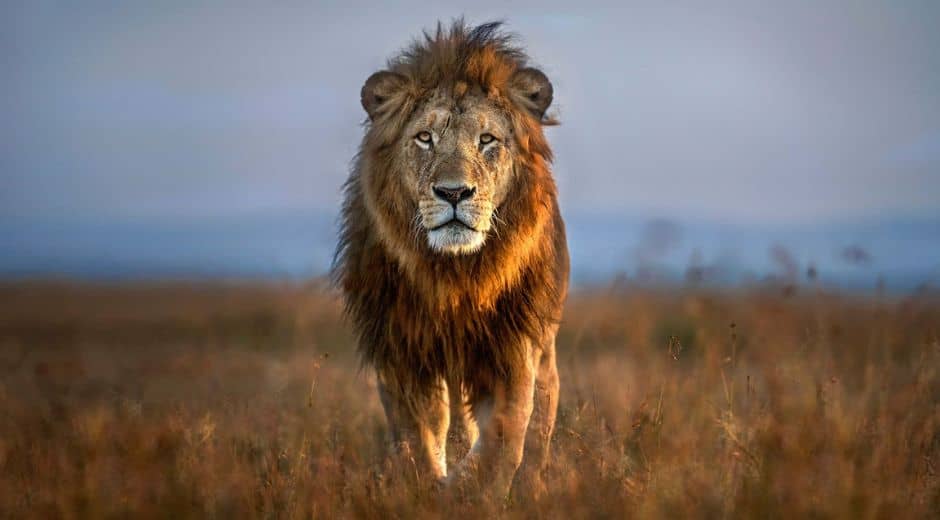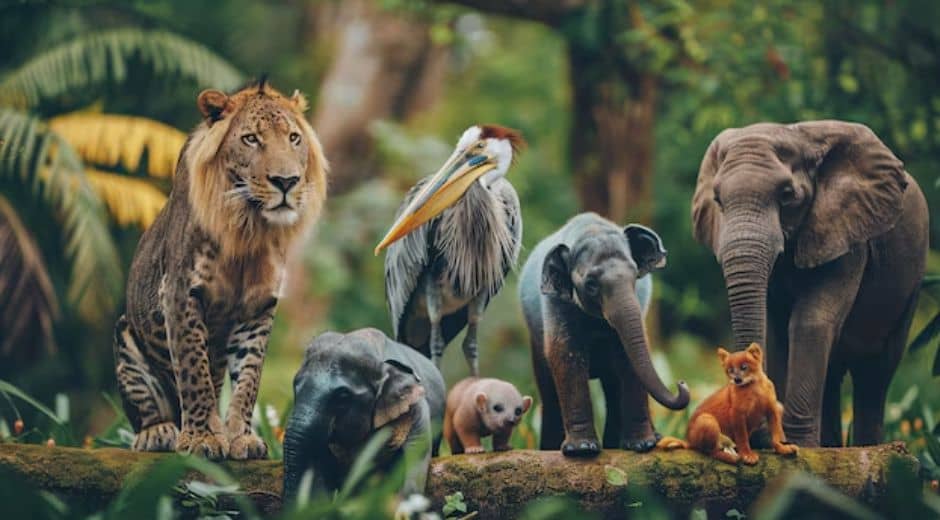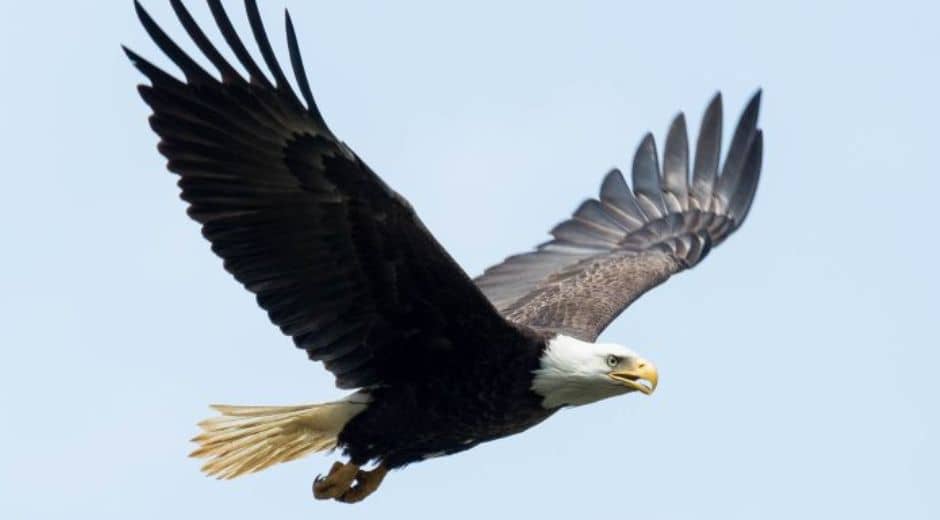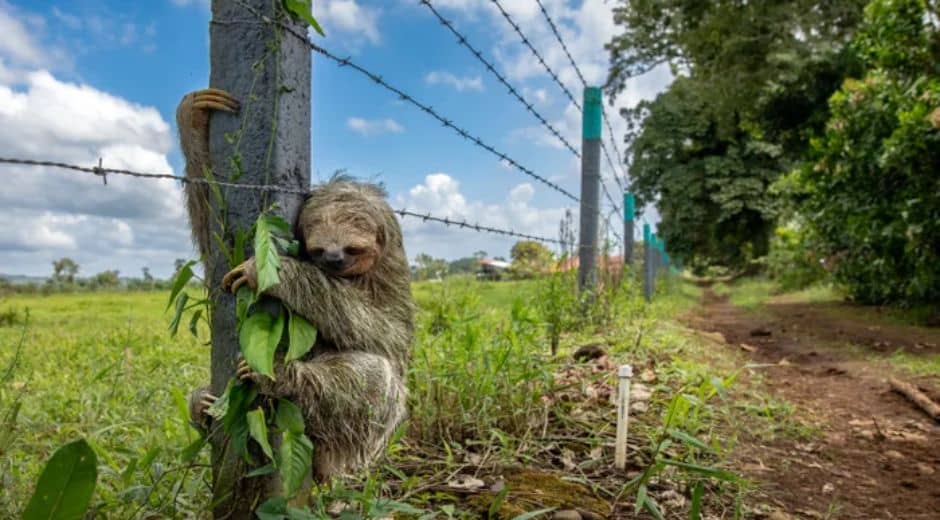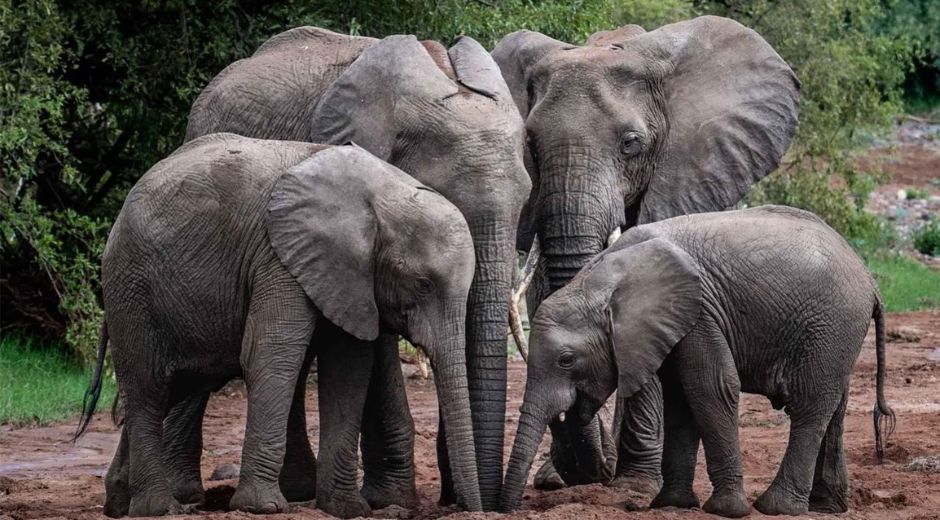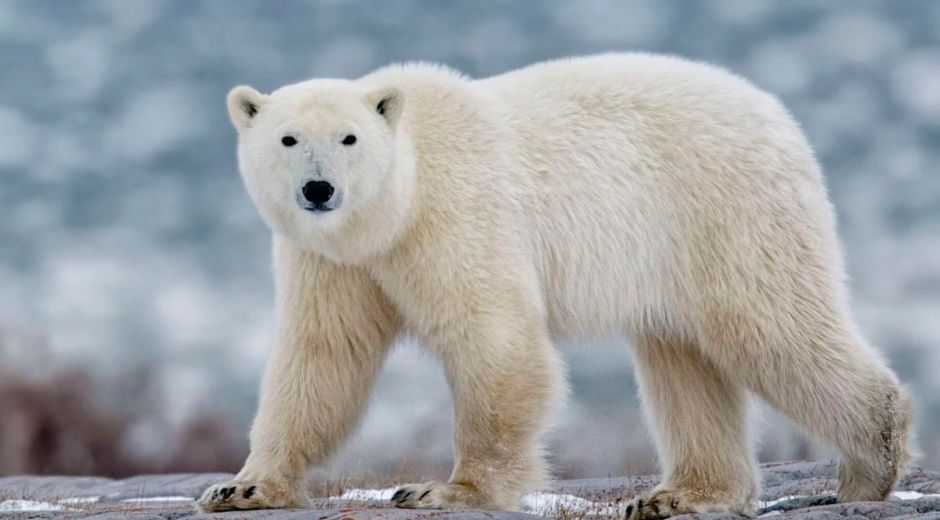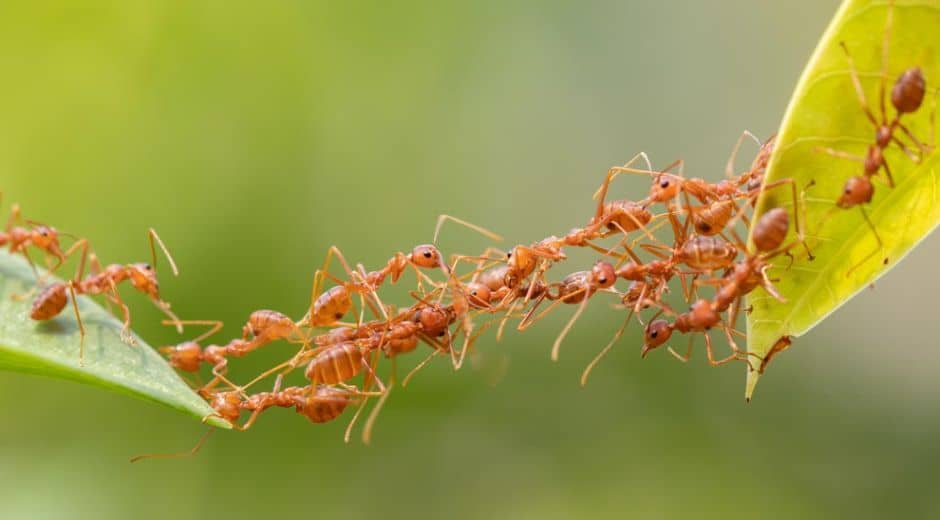Lion: 7 Astonishing Secrets of the King of Beasts
Lion: 7 Astonishing Secrets of the King of Beasts
The lion, often called the “king of beasts,” is one of the most iconic animals on Earth. Its majestic presence, powerful physique, and social behavior have fascinated humans for centuries. Found mainly in Africa’s grasslands and savannas, this apex predator plays a vital role in the ecosystem, maintaining balance among herbivore populations and supporting biodiversity.
1. A Social Big Cat
Unlike most big cats, the lion is highly social. Living in groups called prides, these animals form intricate social structures. A pride typically consists of several related females, their offspring, and a few males. This organization allows them to hunt collaboratively, defend territory, and nurture the young collectively. Observing a pride at work reveals an extraordinary level of coordination and loyalty.
2. Masters of the Hunt
Hunting is central to the survival of these majestic animals. Female members usually take the lead in capturing prey, often stalking in silence before launching a coordinated attack. They target herbivores like zebras, wildebeests, and buffalo, using both strategy and strength. The males, while less involved in hunting, protect the pride and its territory from rival groups, ensuring the safety of both the young and the food supply.
3. Roaring Across the Savannah
One of the most remarkable traits is the powerful roar, audible up to eight kilometers away. This vocalization serves multiple purposes: marking territory, warning intruders, and maintaining cohesion within the pride. The roar is both a tool of communication and a symbol of dominance in the wild. Hearing it in its natural habitat is a thrilling experience that highlights the animal’s commanding presence.
4. The Symbolic Mane
Male lions are easily recognized by their mane, which is more than just a decorative feature. A dark, full mane indicates maturity and strength, attracting potential mates while intimidating rivals. It also provides physical protection during fights, shielding vital areas like the neck and throat. The mane thus plays both social and survival roles, reflecting the complex interplay of evolution and behavior.
5. Physical Strength and Adaptability
Built for both power and agility, these predators are among the strongest mammals on land. Adult males can weigh up to 190 kilograms, with females slightly smaller but no less formidable. Their muscular limbs, sharp claws, and powerful jaws make them efficient hunters capable of subduing large prey. This combination of strength, speed, and endurance ensures that they remain at the top of the food chain.
6. Ecological Role
As apex predators, lions are crucial for the health of their ecosystems. By regulating herbivore populations, they prevent overgrazing and help maintain the balance of plant and animal life. This influence extends beyond immediate prey, affecting soil quality, vegetation density, and even the behavior of other species. Protecting these animals is therefore essential for preserving the natural equilibrium of Africa’s savannas.
7. Challenges and Conservation
Despite their strength and resilience, these animals face growing threats. Habitat loss due to agriculture and urbanization, conflicts with humans, and illegal hunting have reduced populations significantly. Conservation organizations are working tirelessly to safeguard habitats, promote coexistence, and monitor populations. Efforts like protected reserves and community awareness programs are crucial to ensuring that future generations can witness these magnificent creatures in the wild.
8. Cultural Significance
The lion has been revered throughout human history. In many cultures, lions symbolize courage, strength, and royalty. From ancient Egyptian deities to modern national emblems, lions appear in art, literature, and folklore worldwide. Their presence in human culture underscores the deep respect and fascination people have for these magnificent creatures.
9. Unique Behaviors
Lions exhibit behaviors that are unusual among big cats. For example, lionesses often synchronize births, ensuring cubs grow together and increasing survival chances. Lions also engage in social grooming, which strengthens bonds within the pride. These behaviors reflect a complex social intelligence that goes beyond mere instinct, making lions a subject of fascination for biologists and animal behaviorists alike.
10. Observing Lions in the Wild
Seeing a lion in its natural habitat is an unforgettable experience. Whether on a safari or in a wildlife reserve, observing lions hunting, resting, or interacting within the pride offers insights into their social structure, communication, and survival strategies. Experiences like these also foster appreciation for the importance of conservation and the need to protect wild spaces where lions and countless other species thrive.
10. Conclusion
In conclusion, the lion is far more than just a symbol of strength; it is a complex, intelligent, and social animal that plays a crucial role in its ecosystem. From cooperative hunting to vocal communication and remarkable physical abilities, lions demonstrate the intricacy and beauty of nature. Protecting these iconic creatures is essential for preserving both biodiversity and the cultural heritage they represent.
For families and educators looking to connect children with the wonders of wildlife, Cool Parenting Tips provides great resources on teaching kids about animals, conservation, and nature. Understanding the lion’s world can inspire curiosity, empathy, and environmental stewardship in young minds.
Learn more about other fascinating predators and wildlife on BioNatureVista’s Wildlife section.
Nature Inspires Every Step

How Tundra Wildlife Survives Extreme Arctic Conditions
How Tundra Wildlife Survives Extreme Arctic Conditions

Life Above the Trees: Exploring the Rainforest Canopy
Life Above the Trees: Exploring the Rainforest Canopy
